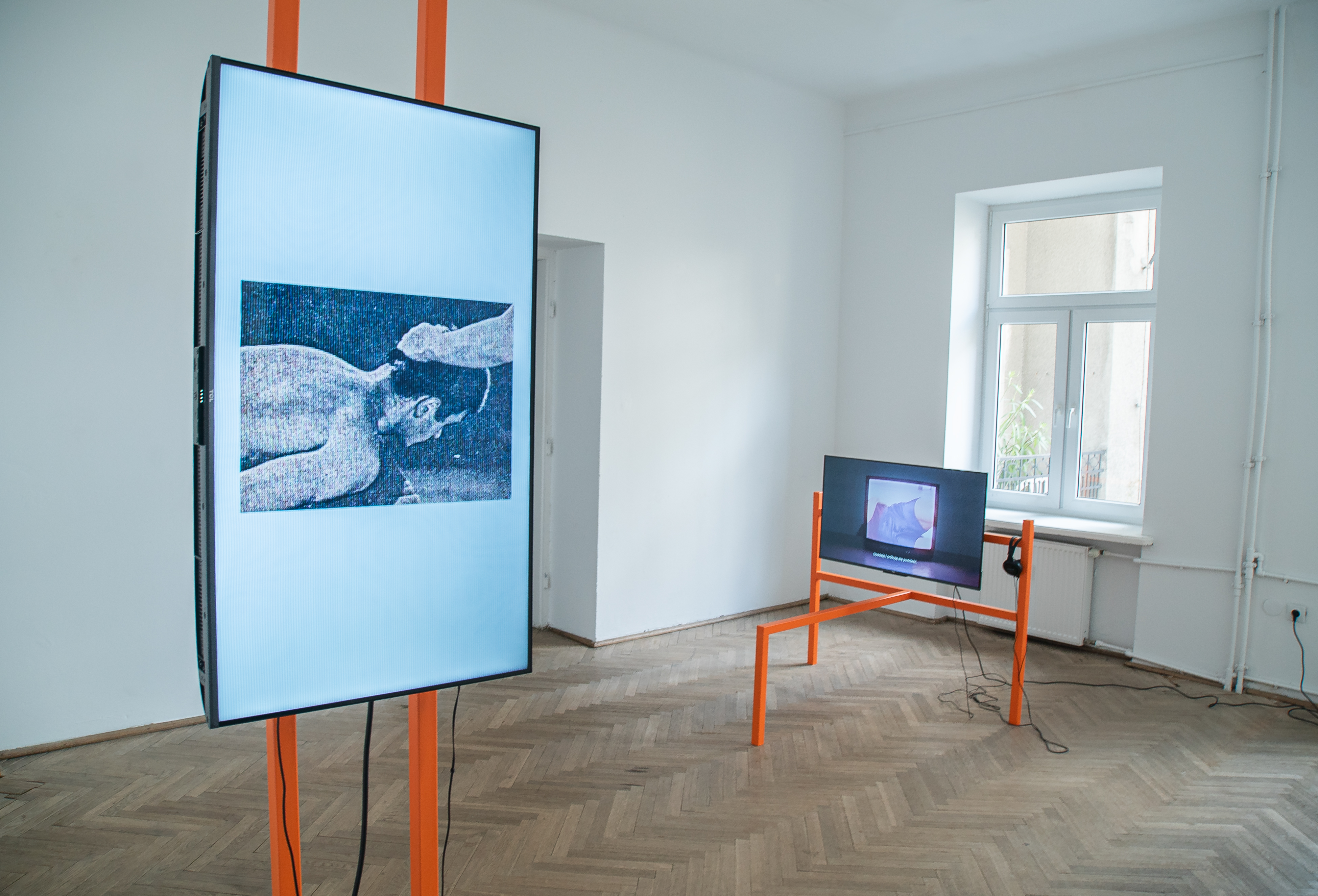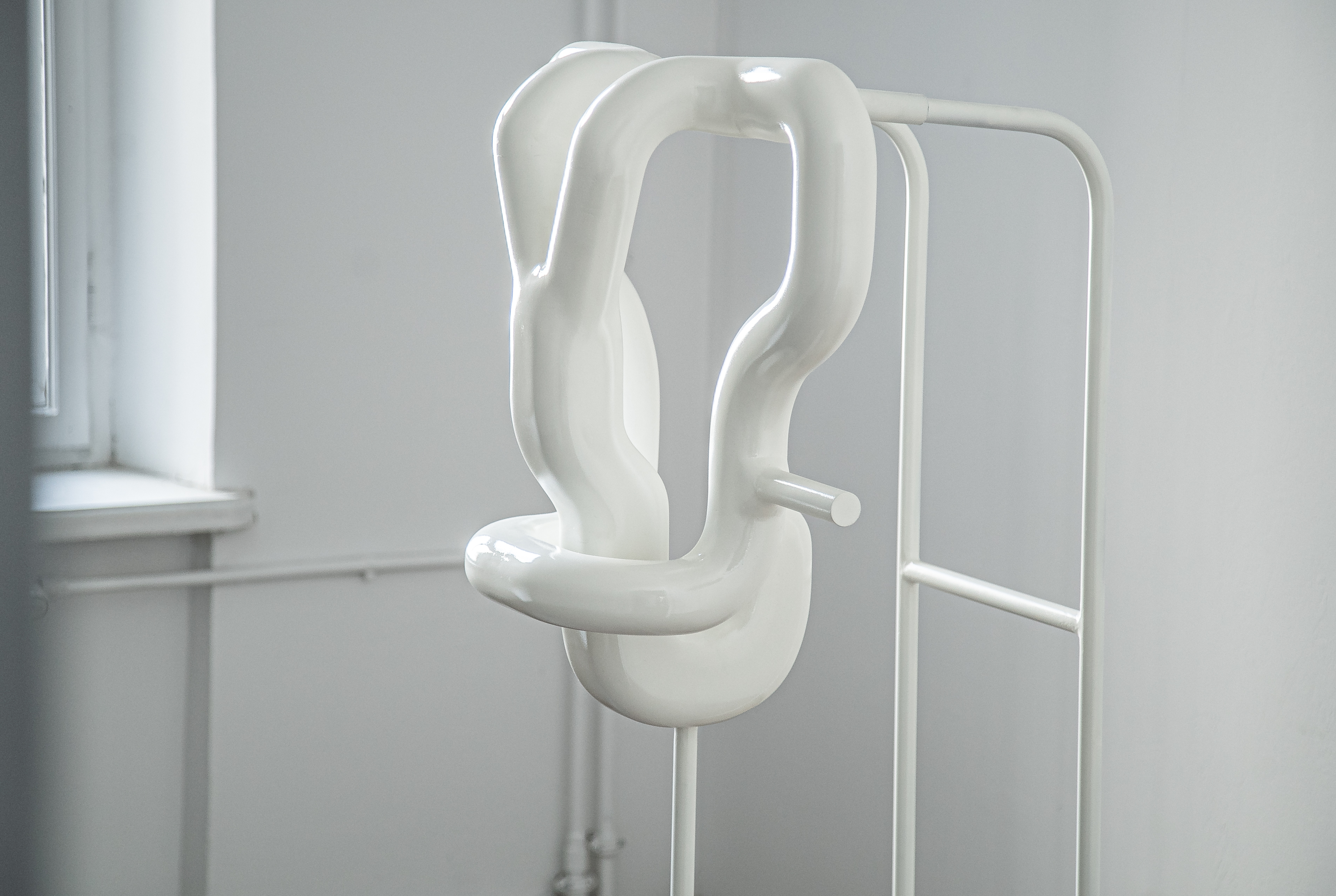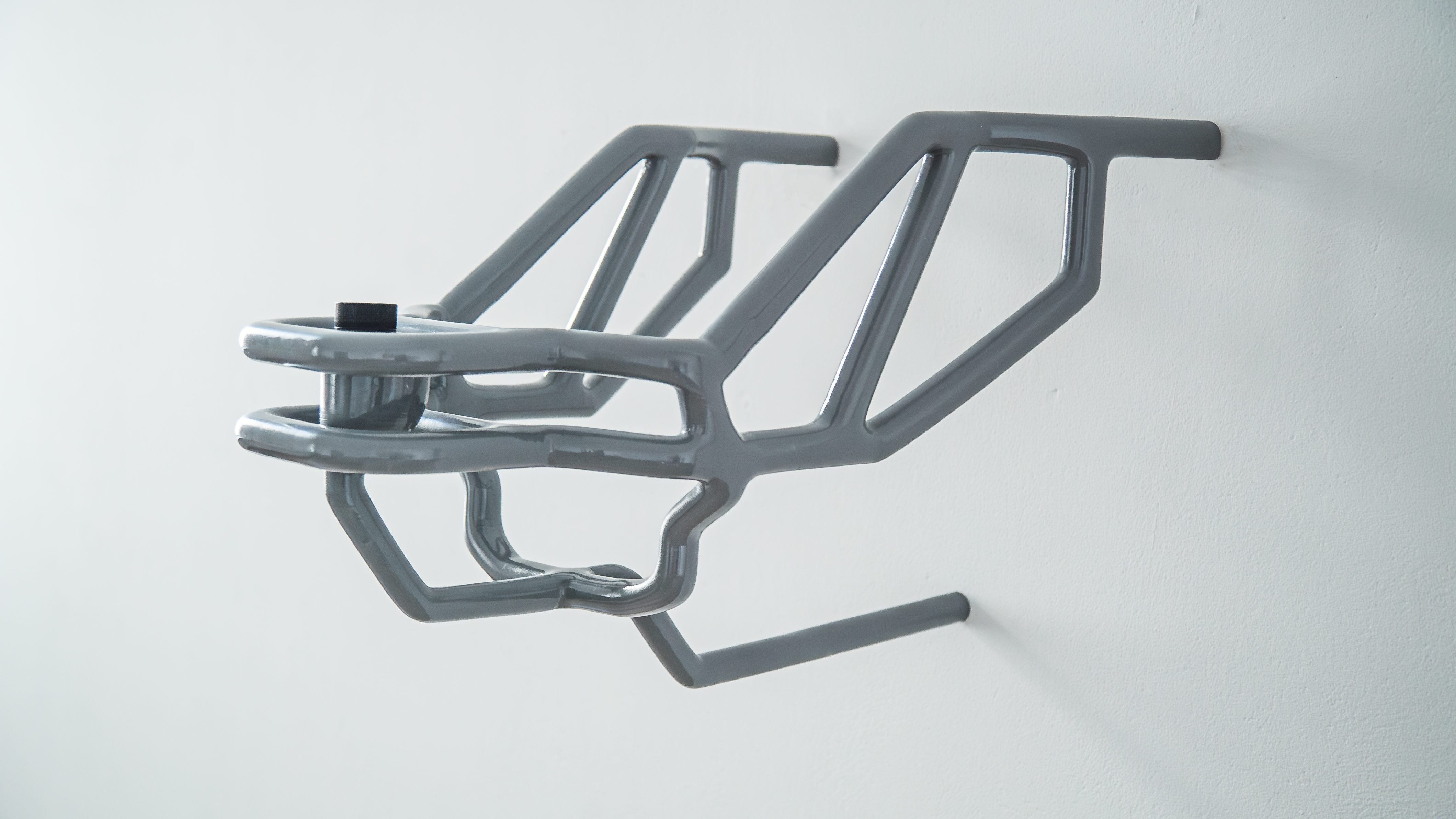FULL CONTACT
Solo exhibition, Szara Gallery, PolandCurated by Alicja Melzacka
03.06-08.07.2023








The exhibition’s title is a direct reference to a sports term used to describe disciplines that require direct physical contact between competitors, particularly in the context of combat sports. ‘Full contact’ has certain semantic overlaps with ‘close contact’ – an epidemiological term for the level of exposure sufficient to contract a disease – and with ‘close encounter’ which refers to interactions with extraterrestrials. All three notions connect with certain forms of bodily interactions, and this common semantic field serves as a starting point for Dominik Ritszel’s exhibition. Like many of his previous projects, Full Contact deals with the issues of identity and corporeality, their formation processes and interrelationships, especially in hermetic, male-dominated, and competitive contexts, such as the world of combat sports.Ritszel is fascinated by sports in general, and full-contact sports in particular, as an important domain of social life, inseparably entangled in national and identity rhetoric. Aside from the battlefield, the sports arena has historically been the setting where legitimate or even desired aggression demonstrated itself. It was also in the field of sport that hyper-masculine bodies were fetishised and corporeal politics did, and still does, play out. As a discipline claiming the right to scientific objectivity, professional sport weighs, compares, and labels bodies, allowing no room for indeterminacy.Full Contact examines the phenomena of intimacy, contagion, and exhaustion in their physical as well as social and emotional dimensions. Ritszel refers here to the sense of ‘erosion’ of certain social roles, as postulated by the proponents of the contemporary ‘crisis of masculinity’, and to the mechanisms of ‘social contagion’, spreading in hermetic (online) communities. One example is the continuously extending ‘manosphere’, where the advice on self-care and exercise blends with conspiracy theories and reactionary ideology into a cocktail of dietary supplements and the ‘red pill’.The exhibition at Szara Gallery presents a set of objects and videos, including a newly produced three-channel video installation Body Dissolver, which combines documentary and fictional elements into a dense parafiction, tinted with sci-fi and body-horror tropes. The hyperrealistic, uncanny 3D animations generated by the artist are confronted with found footage and the images of human bodies with the representations of imaginary, hyperbolic machines, entering into a dialogue with the objects present in the gallery space. While drawing on anthropomorphic elements of fitness equipment, these machines do not function as an extension of the body but rather, as its substitute – an improved, more evolved form (their slick, seamless appearance brings to mind a kind of inorganic, possibly extraterrestrial life-form).Those images are accompanied by, at times distorted, sound recordings in which professional boxers describe, in visceral details, their experiences during a knock-out. Their accounts resonate with the recurring fantasies about the abandonment of the body and with the visions of ecstasy, exploited in various spiritual discourses and pop-culture alike. Science fiction genre in particular abounds with descriptions of unusual bodily and out-of-body experiences triggered by viruses, mutations, and other interactions with unknown organisms. These recurring fantasies serve as a pretext for speculating about the boundaries of not only the human body, but also earthly social structures and value systems. In the face of the extraterrestrial and non-human, both our bodies and entrenched categories dissolve.